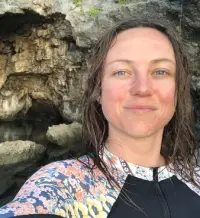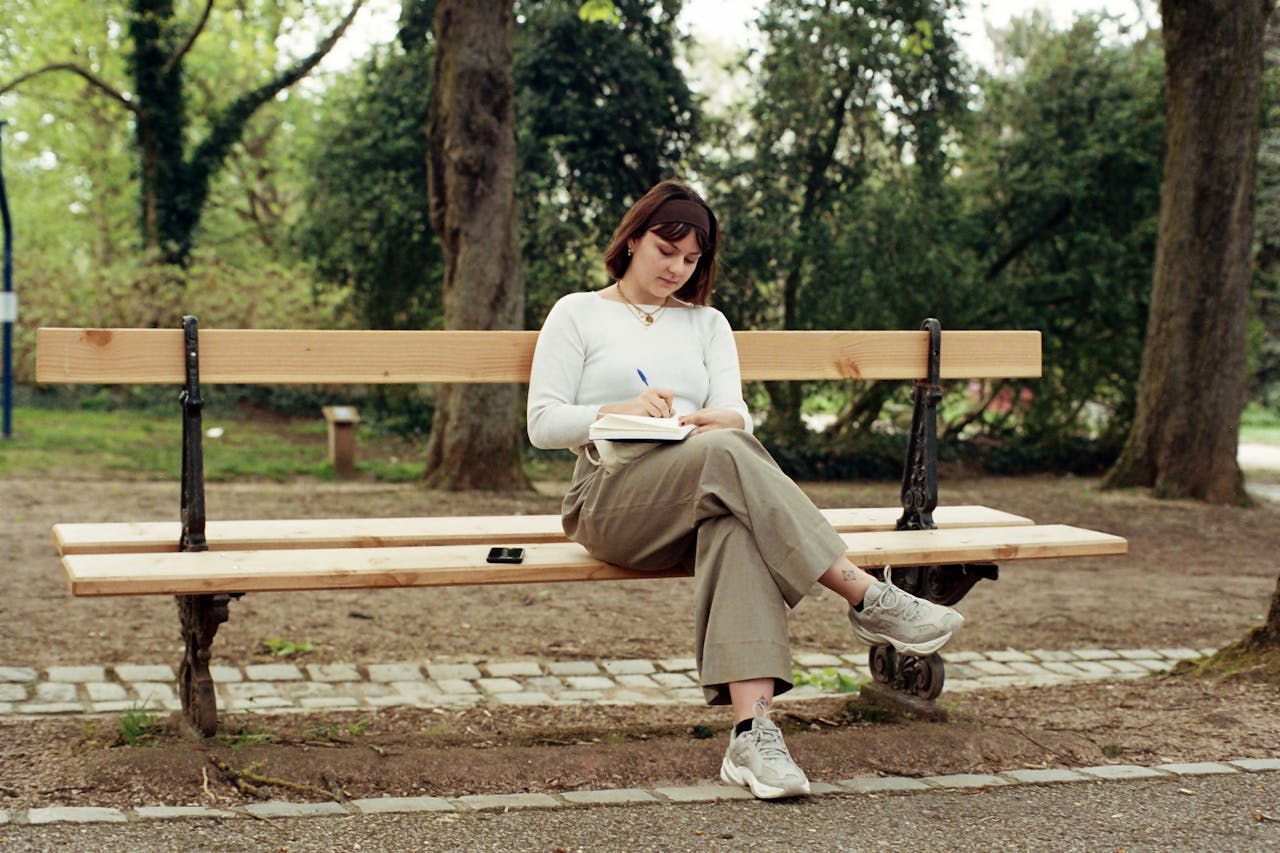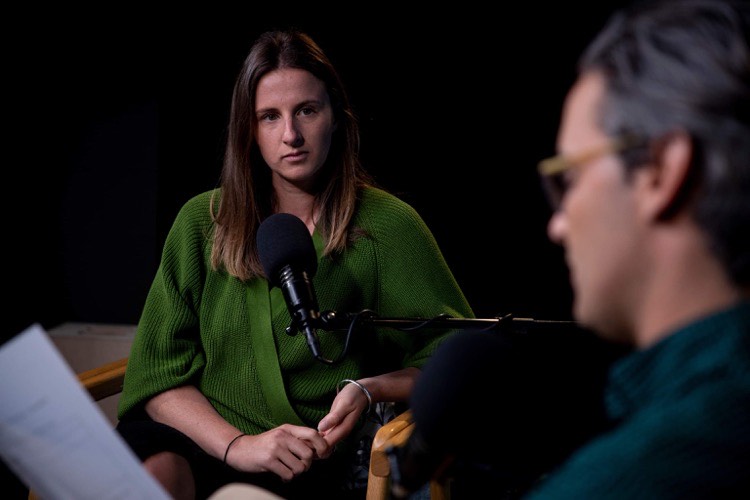BY JANE GARDINER
The world is changing, and digital media continues to adapt. Rather than despair, writers should see visual journalism as an opportunity for fun, growth and collaboration.
Are words enough?
In this ever-evolving digital age, writers are increasingly finding the need to adapt and learn skills beyond traditional journalism; visual journalism is one such skill.
This can be challenging, and you may be hesitant to succumb to the demands of our over-stimulated world.
But you only need to read pieces like Hakai’s‘ The Autonomous Ocean’ to see just how effective and fun visual journalism can be.
If you’re still on the fence, consider these five reasons why you should use visual journalism in your writing.
1. Visual journalism is a form of storytelling
Humans are visual beings.
While reading engages the imagination – and it is beautiful to be lost in a piece of writing – visual journalism can enhance this experience.
Like transition words, visuals guide the reader from one thought to the next. They can also convey emotions more effectively than words, effortlessly pulling the reader into the story.
2. Visual journalism reinforces the message
Visuals reinforce written messages by allowing readers to process information more efficiently.
Humans have an innate ability to understand visual cues at rates thousands of times faster than words. So, combining words and images provides a greater opportunity for the reader to absorb and remember your content.
But visual journalism isn’t about using random images for the sake of it. Rather, it’s about selecting graphics that cultivate and enhance the message within your story – just as carefully as you choose the right words.

3. Visual journalism creates stickiness
‘Stickiness’ is a term used to describe the length of time someone will browse a website – the ‘stickier’ your content, the longer people will hang around to read it.
As a writer, you want people to read your work from start to finish, which is challenging given a content-flooded market and reduced attention spans.
Short videos, GIFs, moving text or sliding bars can introduce movement to an otherwise static piece, helping to retain the reader’s engagement.
Visual journalism is especially beneficial for technical writing containing a lot of numbers or statistics. Graphs and pictures make interpretation easier, holding the interest of readers who may otherwise get bored and move on.
Read More:
- Writers: Boost Your Career with Visual Journalism Skills
- 7 Reasons Why Journalists Should Use Data Journalism
- 6 Essential Skills for the Digital Journalist
- Ian Middleton’s Magazine Journalism Success Story
4. Visual journalism helps you reach a wider audience
If you want to expand your reach, visual journalism is a good way to do so.
The trick is using it well. To reach a wide audience, the goal should be to avoid isolating your core readership (through excessive visuals, for example), while encouraging new readers to stick around.
This is why it pays to know your target audience. Some audiences prefer to see beautiful photography, while others are more attuned to video. Some enjoy interactive tools; others find them intimidating.
If balanced well, however, such elements can broaden the scope of who reads your work.
5. Pursuing visual journalism is an opportunity to upskill
Plus, have some fun! Here are some tips to get you started:
- Browse the web. The internet is full of resources and tips.
- Learn through experimentation. Try some of the techniques you pick up online in your next piece.
- Take a course with a focus on visual journalism.
- Collaborate with artists or multimedia practitioners. Not only will this give you access to new audiences, but you’ll also be supporting the work of other creatives.
Just a few basic skills in visual journalism can enhance the engagement and reach of your writing. So why not have a bit of fun and give it a go?
About the Author

Jane Gardiner has always been fascinated by the natural world. A recent graduate of the NZ Writers College course on Freelance Journalism for Magazines and Webzines, Jane aspires to write creative and informative pieces on topics including science, travel, philosophy and well-being. Her first published article, in Hawke’s Bay Today, focuses on the many benefits of food forests. In her day job as Lead Catchment Coordinator at Sustainable HB, Jane works with the community to monitor, conserve and restore freshwater and marine environments.













